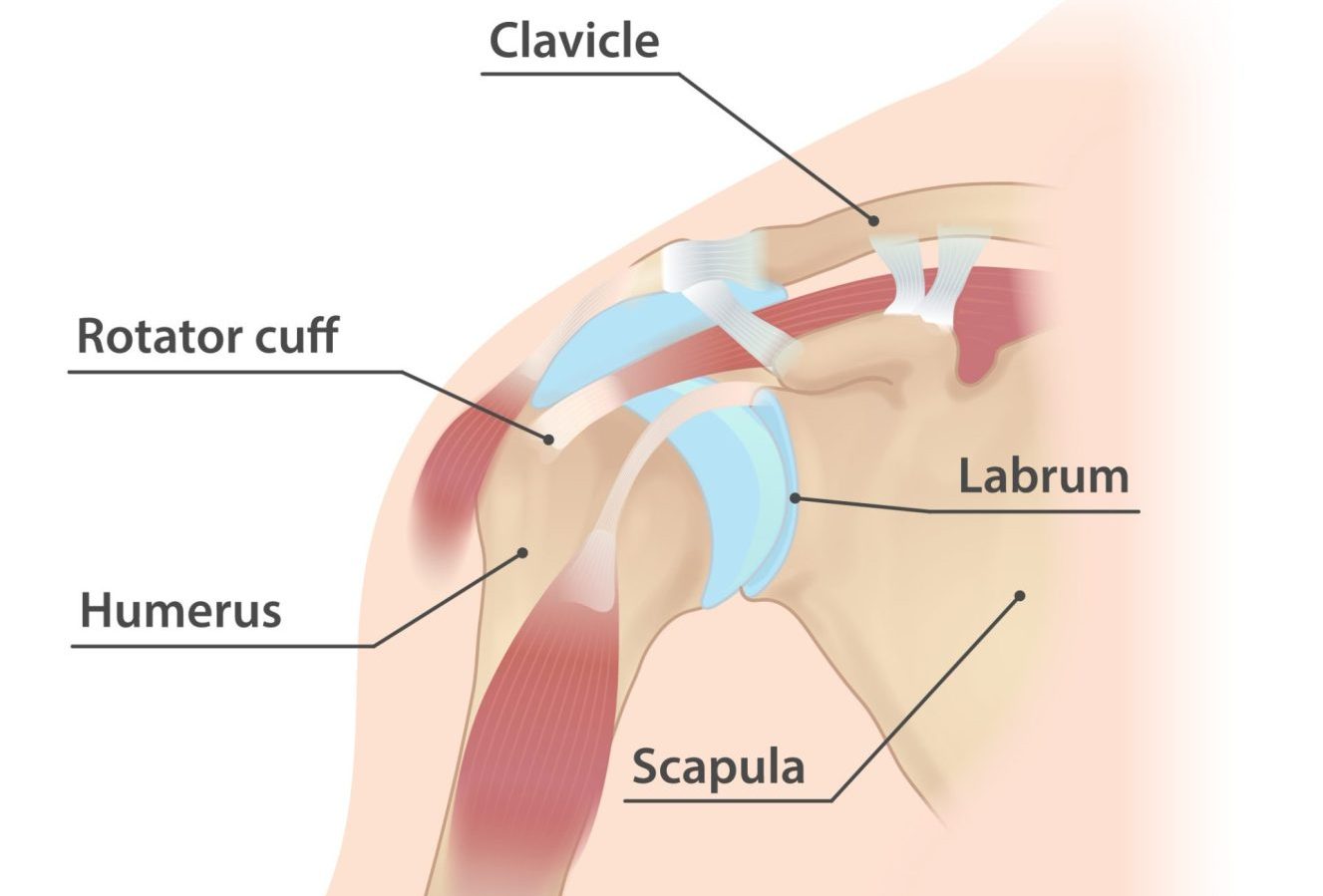Subacromial pain syndrome, also known as subacromial impingement, is a common shoulder condition characterized by pain and dysfunction in the shoulder region. It occurs when the structures within the subacromial space, including the rotator cuff tendons and bursa, become compressed or irritated, leading to pain and limited shoulder movement.
Physiotherapy plays a crucial role in the management and rehabilitation of shoulder subacromial pain syndrome. By following the 5 stages of rehab, individuals with this condition can achieve pain relief, improve shoulder function, and regain optimal shoulder mechanics.
- Pain and symptom management: The first stage of rehab focuses on reducing pain and managing symptoms associated with subacromial pain syndrome. Physiotherapists may use various techniques such as ice or heat therapy, muscle release, joint mobilization, or gentle exercises to alleviate pain and inflammation in the shoulder area. They may also provide advice on activity modification, ergonomic considerations, and shoulder function to minimize stress on the affected structures.
- Range of motion: Once pain is under control, the next stage involves restoring and improving the range of motion in the shoulder joint. Physiotherapy exercises may include gentle stretching techniques to increase flexibility and mobility in the shoulder muscles, particularly the rotator cuff muscles. Specific stretches targeting the joint capsule or shoulder muscles can help restore balanced shoulder movement.
- Motor control: Stage 3 of rehab focuses on enhancing neuromuscular control and stability around the shoulder joint. Range Physiotherapists will design exercises that target the rotator cuff muscles and scapular stabilizers to improve strength, control, and coordination. These exercises aim to improve the dynamic stability of the shoulder, ensuring proper alignment and movement of the joint during functional activities. Scapular control exercises may also be included to improve motor control and optimize shoulder mechanics.
- Strengthening: In stage 4, the emphasis is on strengthening the shoulder muscles to improve function, provide support and to reduce the risk of future injuries. Exercises may include more global muscles of the upper limb and trunk, and focus on progressive resistance training to facilitate more shoulder movements. Strengthening exercises can be performed using resistance bands, weights, or bodyweight, gradually increasing the load to improve muscle strength and endurance.
- Maintenance: The final stage of rehab focuses on maintaining the gains achieved in the previous stages and preventing the recurrence of symptoms. Individuals are encouraged to continue with a tailored exercise program that includes a combination of range of motion exercises, strengthening exercises, and functional movements. Range Physiotherapists will provide guidance on proper movement patterns, posture, and activity modifications to prevent overloading the shoulder and maintain shoulder health.
It’s important to note that the management of subacromial pain syndrome should be individualized, and treatment approaches may vary depending on the specific needs and goals of each individual. A physiotherapy assessment should also identify any underlying cause of subacromial pain syndrome, or what might have led to it developing. Range Physiotherapists will work closely with their patients to develop personalized treatment plans, monitor progress, and provide advice and guidance throughout the rehabilitation process.
For more information regarding Subacromial Pain Syndrome please visit:


